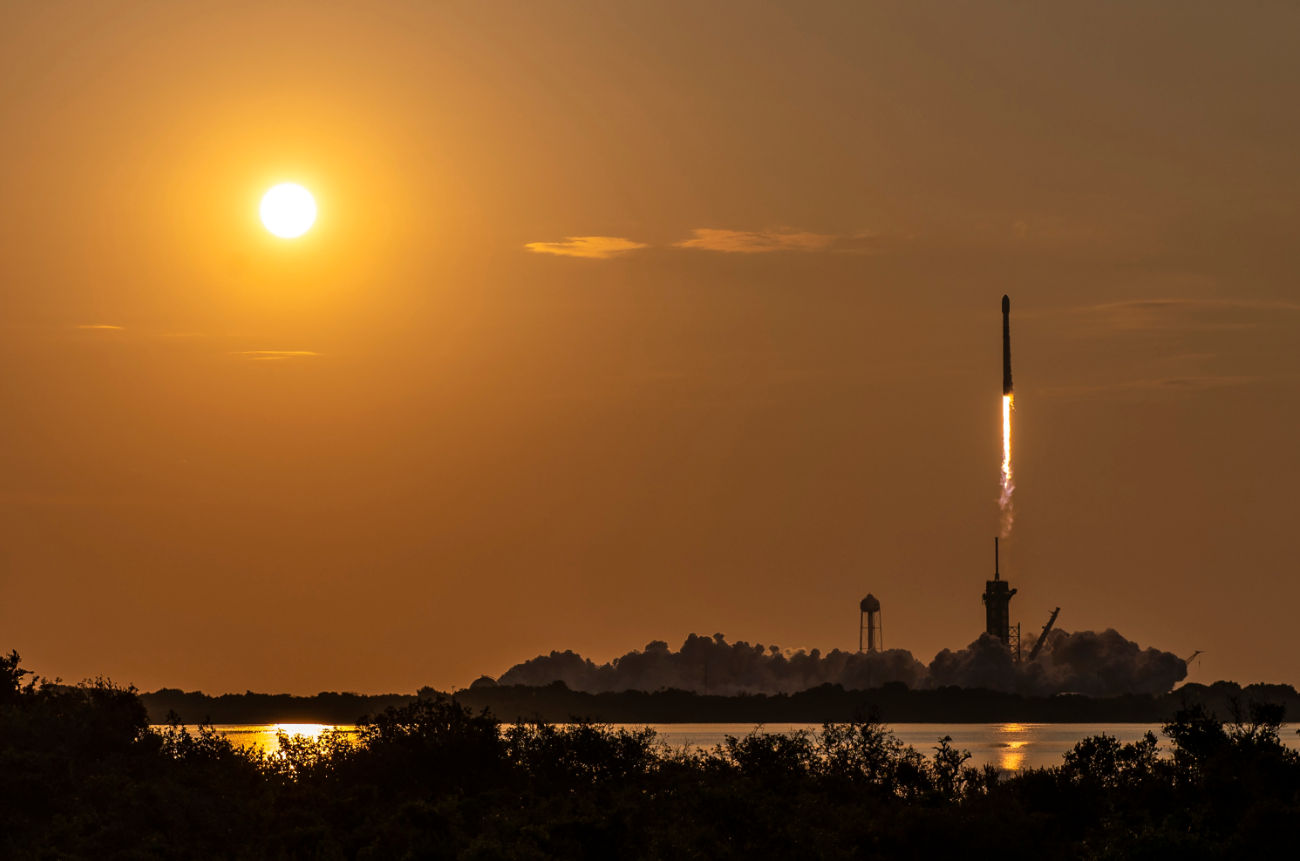SpaceX on Wednesday launched another volley of Starlink satellites into low earth orbit from the Kennedy Space Center in Florida and, as has become custom now, managed to successfully recover the Falcon 9 first-stage booster used for the launch.
The mission, which saw 53 Starlink satellites launched into orbit, marked the fifth flight of this particular Falcon 9 booster, which had previously launched the Arabsat-6A, STP-2, COSMO-SkyMed Second Generation FM2 missions, as well as an earlier Starlink mission.
Also read | Elon Musk’s SpaceX poised to become the most valuable US startup, here’s why
After the nine-minute mission, the Falcon 9 booster achieved a successful landing on the SpaceX droneship, A Shortfall of Gravitas, in the Atlantic Ocean. The recovery also marked the 121st landing of a Falcon 9 booster.
Wednesday’s mission marked SpaceX’s third Starlink launch in five days, with the company having accelerated launches for its low-latency broadband network since the turn of the year.
Also read | What is ‘space jellyfish’ that soared over at Florida coast during the SpaceX launch?
In 2022, 14 of SpaceX’s 21 launches have been Starlink missions, with dozens more expected to take place in the remaining months of the year.
Along with an uptick in launches, SpaceX has also started negotiating deals with airlines for the provision of high-speed in-flight WiFi, and has already struck deals with the Hawaiian Airlines and independent hop-on jet service carrier JSX, with more similar deals expected to be in the pipeline.
Also read | Scientists release 1st image of Sagittarius A*: All about the Milky Way’s supermassive black hole
The company has also filed for regulatory approval in the US to provide Starlink internet to maritime vessels.
As it stands, an estimated 2,300 Starlink satellites are currently orbit, with the company having plans to increase that number to a whopping 42,000 eventually to create a ‘megaconstellation’ capable of beaming low-latency high-speed internet to virtually anywhere on Earth.







